What is the tolerance range of precision screws?
What is the tolerance range of precision screws?
Service Hotline
+86760-8787 8587We have more than ten years of experience in the production of screw industry, the main products are: camera photography conversion screw, half hexagon small head pull nut, breaker nut, fine buckle screw cap, toy city connection, GB29.2 screw, 6 cube connection Parts, left-tooth nuts, full-tooth hexagon bolts, photovoltaic accessories bolts, live joint bolts, large supply, screw thread joints, green plug screws, 10.9 screws and other fasteners, due to the different materials and specifications of the products, Prices also vary, please contact us if necessary.


A nut is a nut, a part that is screwed together with a bolt or screw for fastening. A component that must be used in all production and manufacturing machinery is divided into carbon steel, stainless steel, non-ferrous metals (such as copper), etc. several types.
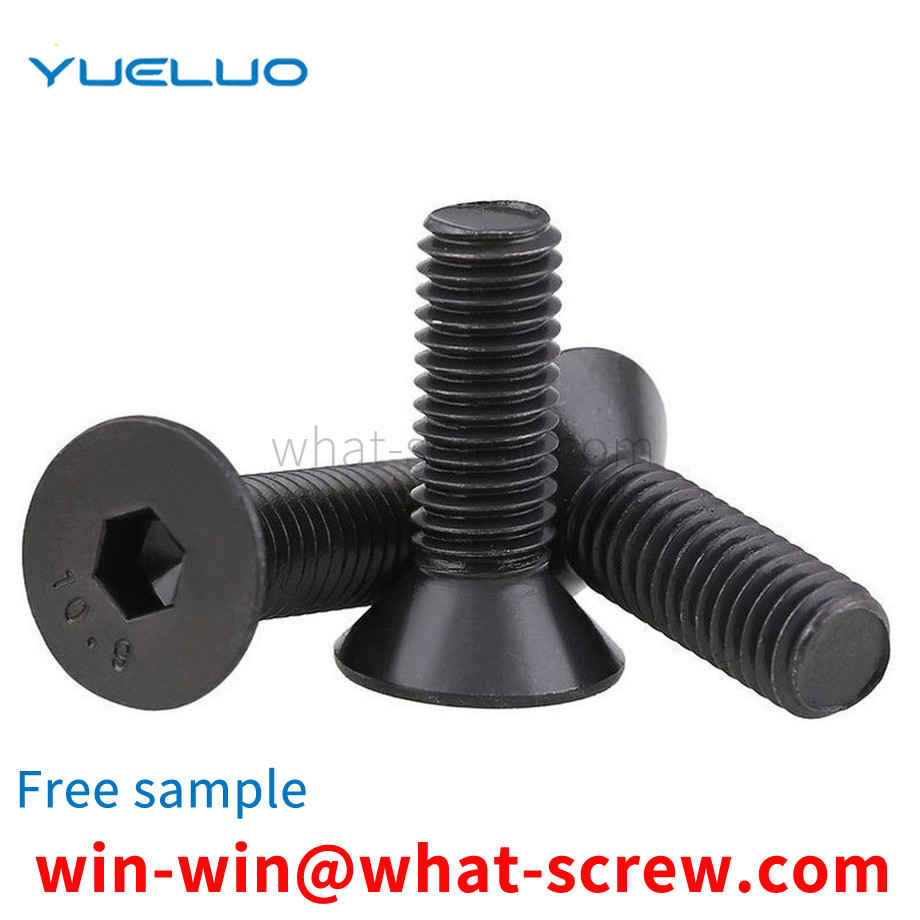
According to the force of the connection, it is divided into ordinary and hinged holes. According to the shape of the head: there are hexagonal head, round head, square head, countersunk head and so on. Among them, the hexagonal head is the most commonly used. Generally, countersunk heads are used where connections are required. [1] The English name of the riding bolt is U-bolt. It is a non-standard part. The shape is U-shaped, so it is also called a U-bolt. There are threads on both ends that can be combined with nuts. It is mainly used to fix tubular objects such as water pipes or sheets such as The leaf spring of a car is called a horse-riding bolt because it fixes the object in the same way that a person rides on a horse. According to the length of the thread, it is divided into two categories: full thread and non-full thread. [2] According to the thread type, it is divided into two types: coarse thread and fine thread. The coarse thread is not displayed in the bolt mark. The bolts are divided into eight grades: 3.6, 4.8, 5.6, 6.8, 8.8, 9.8, 10.9, and 12.9 according to their performance grades. Among them, the bolts above grade 8.8 (including grade 8.8) are made of low-carbon alloy steel or medium-carbon steel and are heat-treated (quenched). + Tempering), commonly known as high-strength bolts, and below grade 8.8 (excluding 8.8) are commonly known as ordinary bolts. [2] Ordinary bolts can be divided into three grades: A, B, and C according to the production accuracy. Grades A and B are refined bolts, and grade C is rough bolts. For connecting bolts for steel structures, unless otherwise specified, they are generally ordinary rough grade C bolts. There are differences in the processing methods of different grades. Usually the corresponding processing methods are as follows: ① The bolts of grade A and B bolts are processed by lathes, with smooth surfaces and accurate dimensions. High, rarely used; ②C-grade bolts are made of unmachined round steel, the size is not accurate enough, and its material property grade is 4.6 or 4.8. The deformation is large during shear connection, but the installation is convenient and the production cost is low. It is mostly used for tensile connection or temporary fixation during installation. [2]
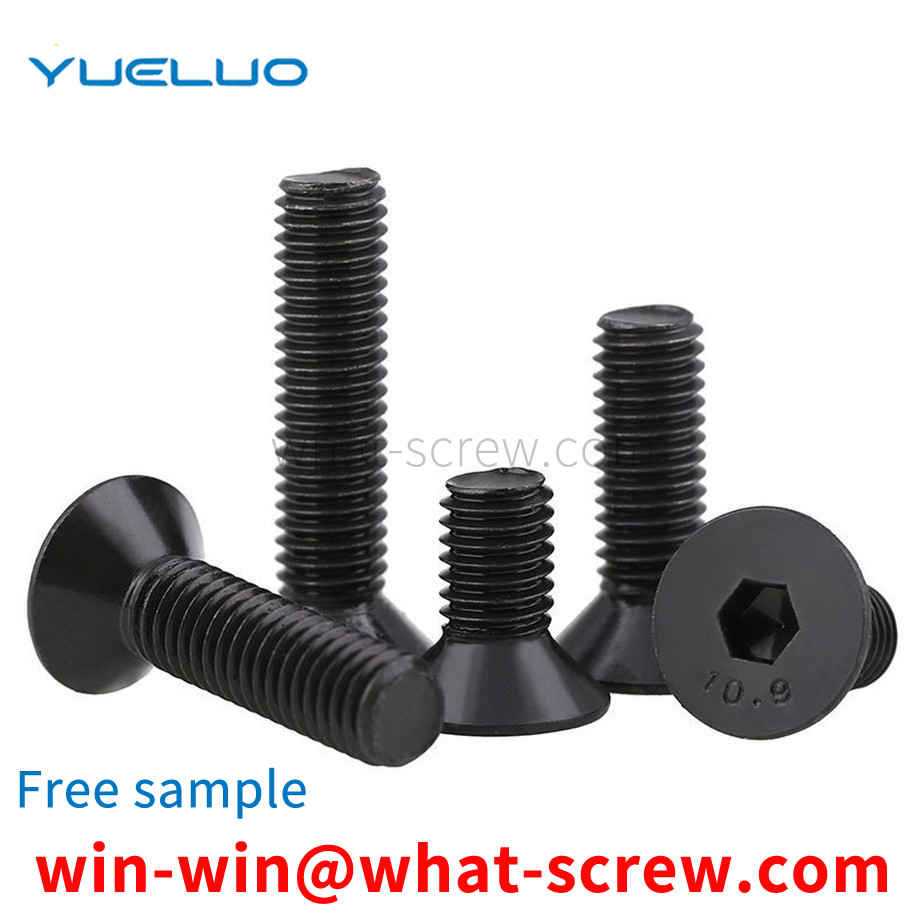
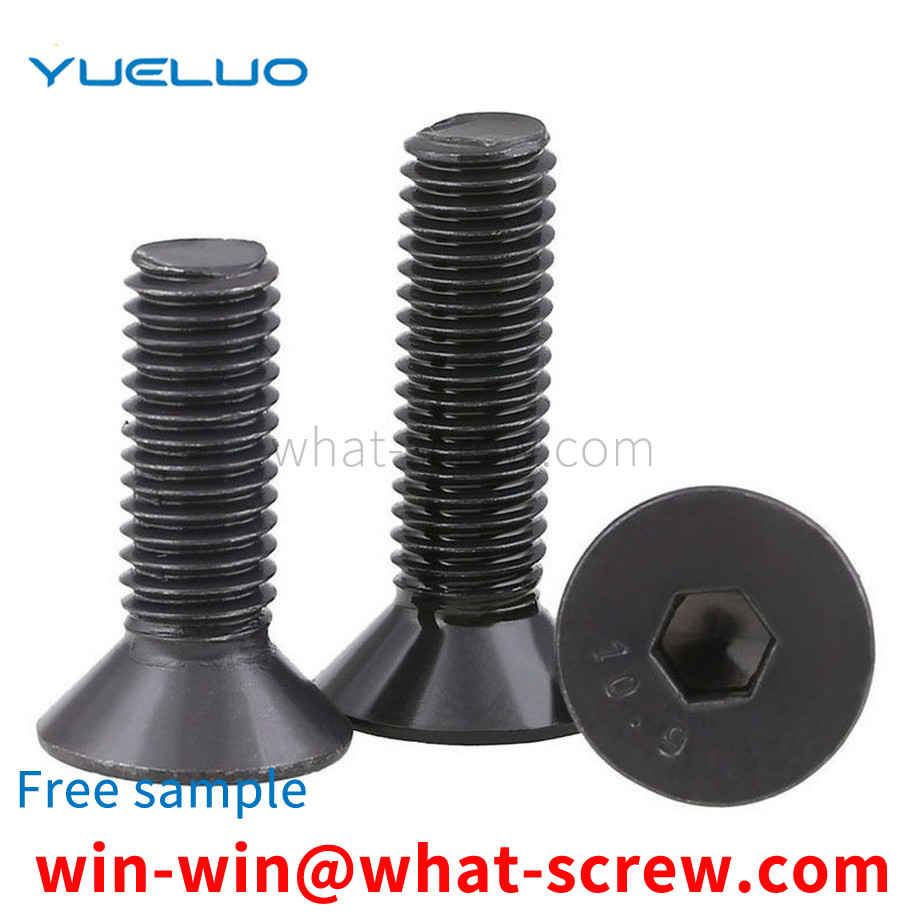
A T-bolt with anti-slip teeth includes a block-shaped bolt head and a screw rod, the bolt head and the screw rod are T-shaped, the screw head is provided with anti-slip teeth on the side end surface of the screw, and the screw end surface is provided with grooves ; The anti-skid teeth protrude from the side end face of the screw on the bolt head, the anti-skid teeth are strip teeth or reticulated teeth, and their cross-section is triangular; or hexagonal slot etc. The T-bolt with anti-skid teeth of the utility model can not only be quickly inserted into the T-shaped groove, but also ensure reliable connection, and the bolt does not follow the rotation during the tightening of the nut.
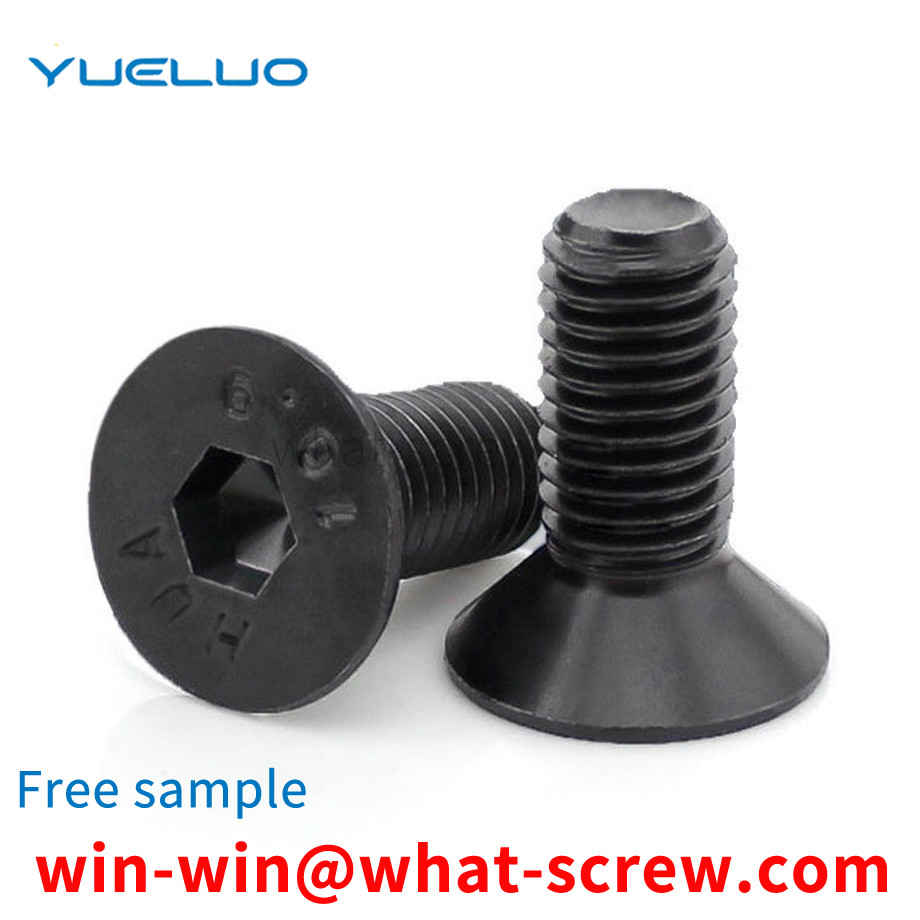
The cylindrical pin is mainly used for positioning and can also be used for connection. It is fixed in the pin hole by means of interference fit. Cylindrical pins used for positioning are usually not subject to load or a small load, the number is not less than two, distributed in the symmetrical direction of the overall structure of the connected parts, the farther the better, the pin is in each connected part The length is about 1-2 times the minor diameter. Cylindrical pins can also be used as shafts, and a straight shaft can also be used as cylindrical pins or even centering pins. So what's the difference between a shaft and a pin? The shaft can be used to transmit torque, bear bending moment and torque, and the cylindrical pin can be used for positioning, bear extrusion force and shear force. In a sense (such as small equipment), cylindrical pins can also be used as shafts.
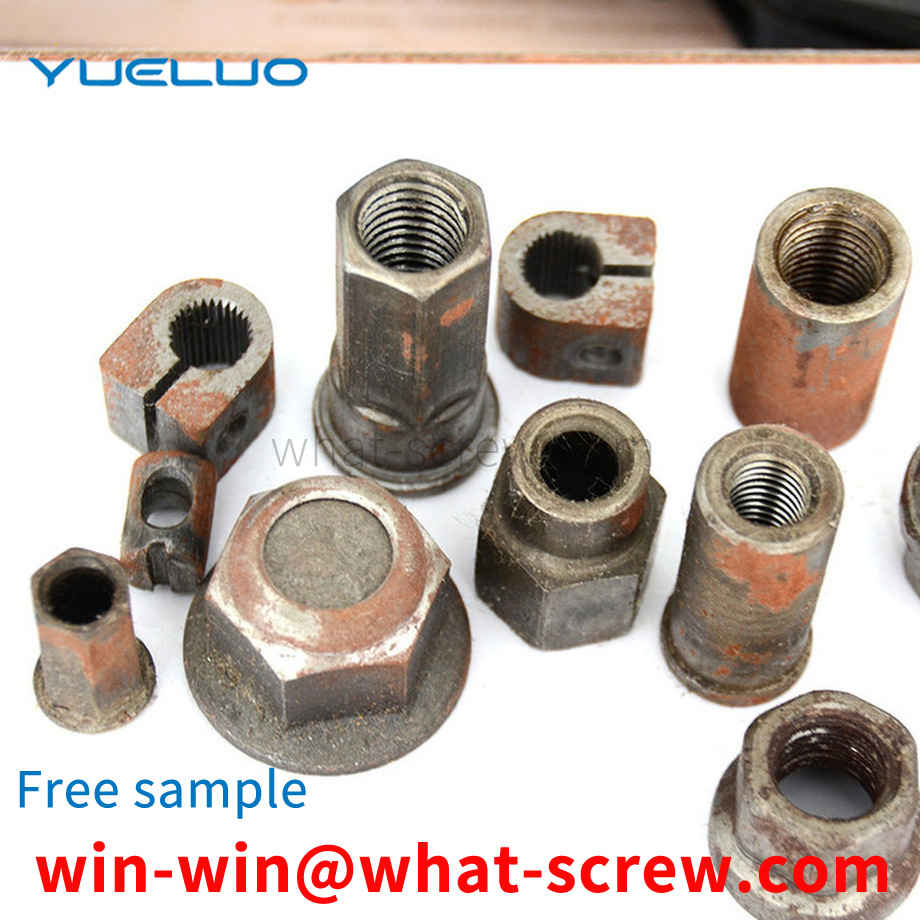
The above content is uploaded by Yueluo or the Internet. If there is any copyright issue, please contact [email protected].

What is the tolerance range of precision screws?

How to choose the right stainless steel screw manufacturer?

Why is there an R angle under the head of the hexagon head s...
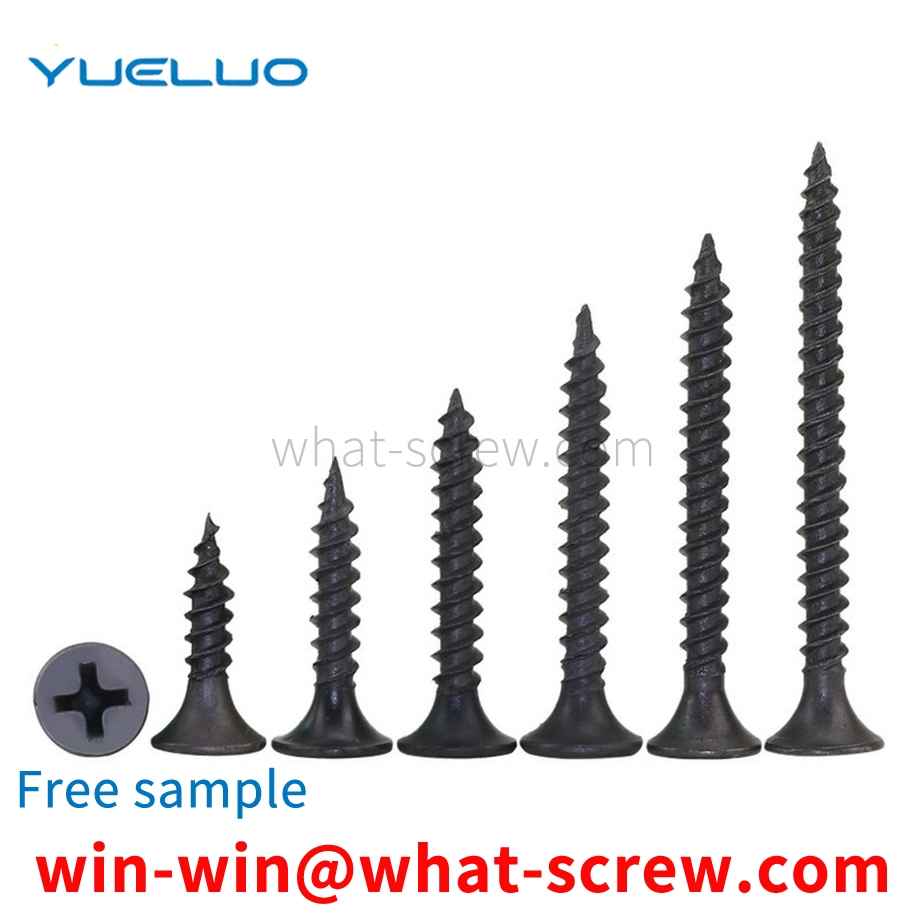
We have more than ten years of production experience in the ...
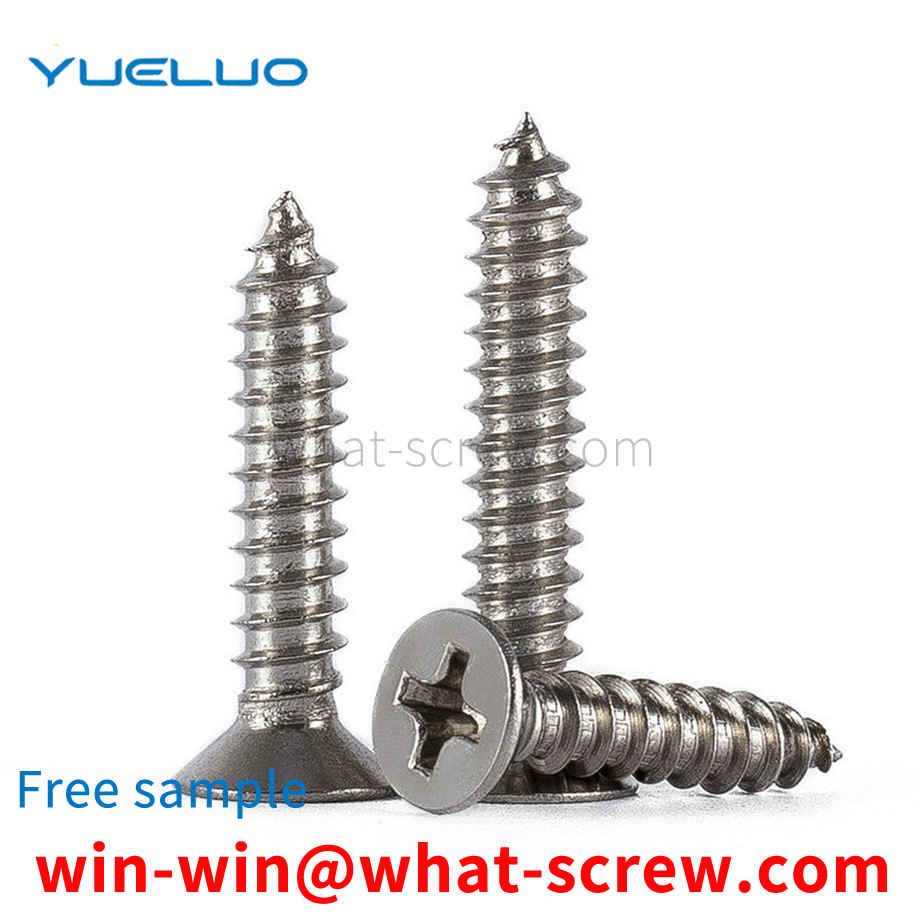
We have more than ten years of production experience in the ...

We have more than ten years of experience in screw industry ...

We have more than ten years of experience in screw industry ...